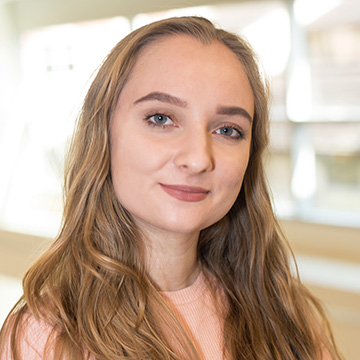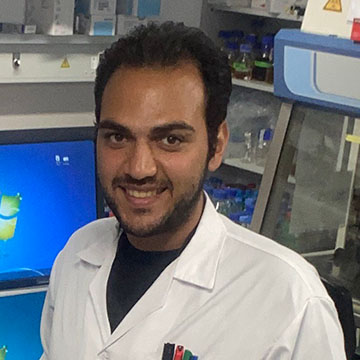Seyfried Group

Our team works uses zebrafish to model cardiovascular diseases, including vascular malformations. We discovered that a loss of Cerebral cavernous malformation proteins causes the activation of KLF2, which is causative to endothelial defects in lowly perfused vessel beds. Together with the team of Elisabeth Tournier-Lasserve, we performed a comprehensive pharmacological screen to suppress CCM mutant phenotypes. One main focus of interest is to elucidate the impact of biomechanical signaling on the etiopathology of human vascular malformations.
Group Members

Alessio Paolini



Eugeniusz Tralle

Gyöergy Ullaga
